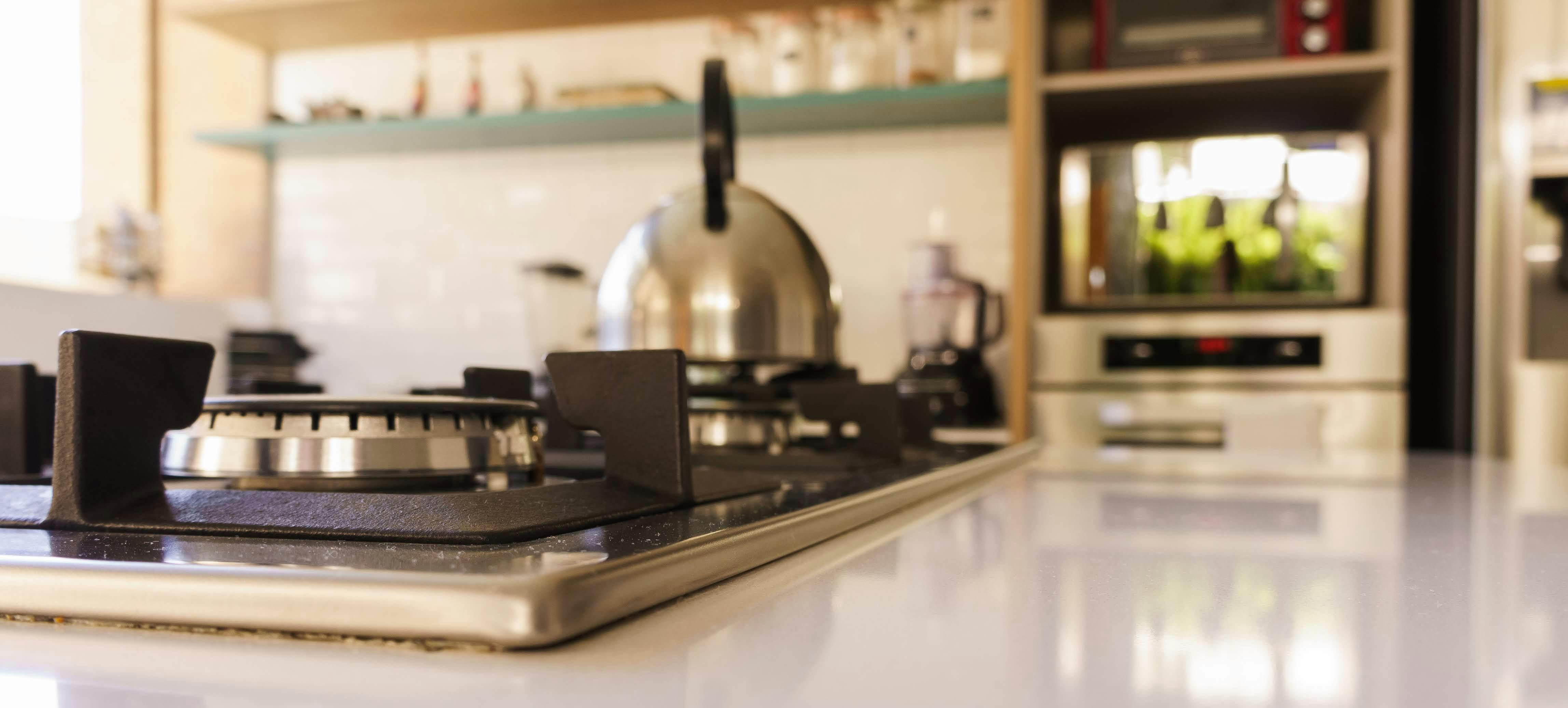Whether it is a new construction or remodeling project, commercial or domestic, the drained cavity approach to basement waterproofing is extremely popular and has become the weapon of choice for professional specifiers and waterproofing contractors to protect underground structures.
The Cavity Drain System is an internally applied basement waterproofing system consisting of a series of high-density polyethylene membranes (dimpled sheet profiles) that are mechanically attached to the basement walls creating an air gap ( usually 8 mm) in the vertical plane. The air void created by the membrane terminates at the wall/floor junction in a box duct channel, a based drain, which then guides water entering the basement (usually entering the wall/floor junction or joints in concrete) to an open conduit. lift or to a sump pump). In short, this basement waterproofing technique creates a maintainable air vacuum within the basement and therefore moves water that depressurizes into the space before damaging internal fixtures.
The advantages of this approach are that you can apply the system in all weather conditions, which can be a real problem when using external spray applied or adhered membrane products that have limitations on when you can apply them, i.e. the structure must be dry or the temperature is too low to achieve a 100% bond.
Other significant advantages are: minimal surface preparation, so no sandblasting or bush hammering is required, which is cumbersome and can damage structures; the cavity drainage system is reversible, so it can be used in listed and historic buildings (the tank can’t!); and most important of all, it is easy to maintain and repair if necessary. The same cannot be said of any form of exterior waterproofing that once installed, if there are any problems, it is very difficult to remedy; and, in many cases, failed external basement waterproofing is repaired by retrofitting an internal drainage cavity system.
When using the cavity drainage system for your basement waterproofing project, the key is to remove any water that enters the system. As described above, the Wall to Floor Seam Drain, or Basedrain, is a very effective way of achieving this. Based drainage should discharge into an open area, if you have one in your development (such as a property built on the side of a hill), where water removal can be achieved by gravity or, if this is not possible, a drainage unit. sump and pump.
The specification of the sump and pump unit for cavity drainage systems should be completed by a specialist waterproofing contractor as part of the design and installation of complete basement waterproofing. In this way, the base waterproofing contractor can guarantee the installation and offer maintenance contracts with the pumps themselves. Since people use basement areas for living, sump and pump systems can also be designed to accommodate sinks, condensation overflow, showers, and even toilets. In many cases, the sump and pump can also be housed in the light well (if you have one) and can handle surface water drainage.
Without a doubt, the key to using a cavity drainage membrane system is the drainage aspect, as the system is not like a traditional tank system, where you want to retain water. It’s more like a water management system, so the principle is to make your structure as airtight as possible while also accepting that it can leak. This is where the cavity drainage membrane “cleans” the intrusion and removes it.
If you are using a sump and pump to remove water from the cavity drainage system, you also need to consider what will happen in a power outage. Answer: Your pump won’t work! So when you get advice on the right type of pumping system for your basement waterproofing project, you’ll need to have a battery backup setup and two pumps at a minimum. For a small additional cost, you can get power outage protection. One tip when looking at these types of systems is to make sure the backup pump has the same function and capacity as the primary pump or you are simply wasting your money. Recognition of cavity drainage systems is now unquestioned as the most reliable and maintainable form of structural waterproofing and has been embraced by professional contractors and specifiers alike.
Even insurance companies now favor the use of cavity drain systems and offer longer periods of protection compared to conventional tanks in the UK.



